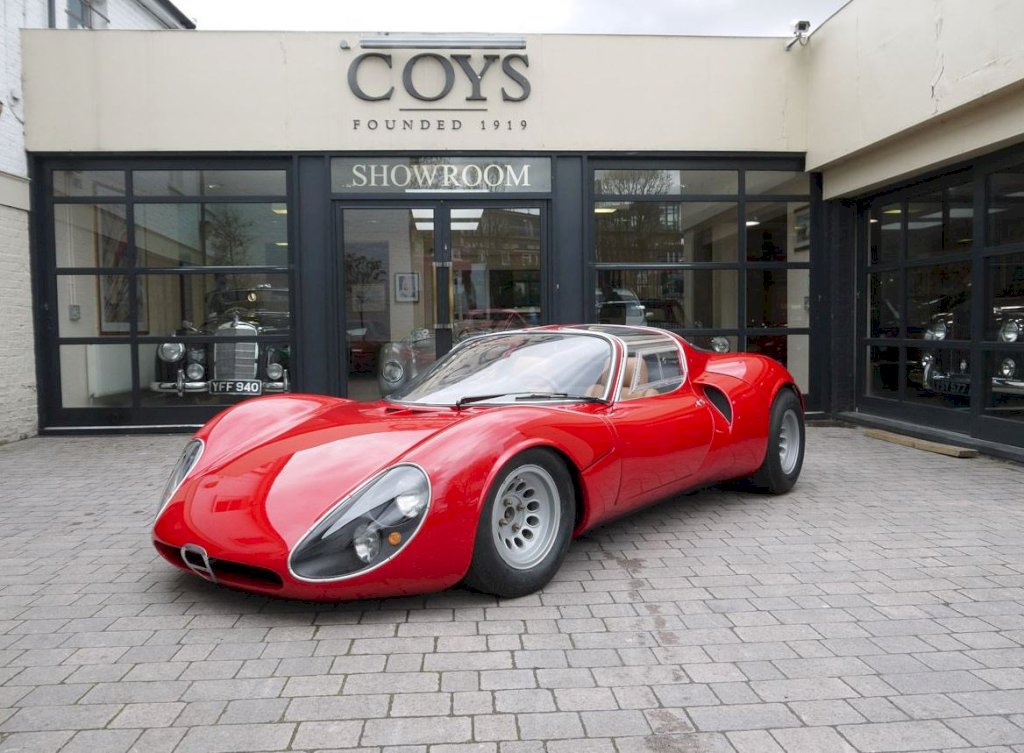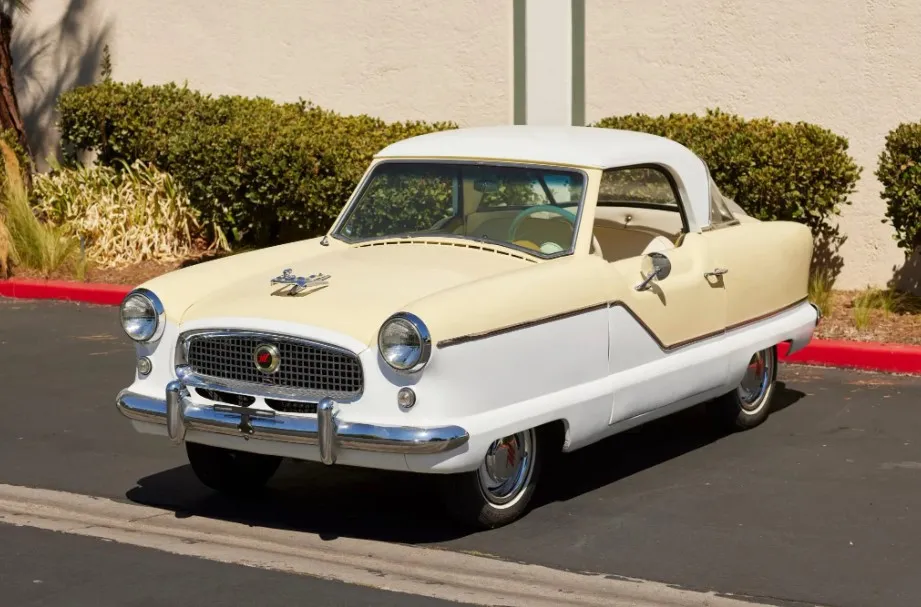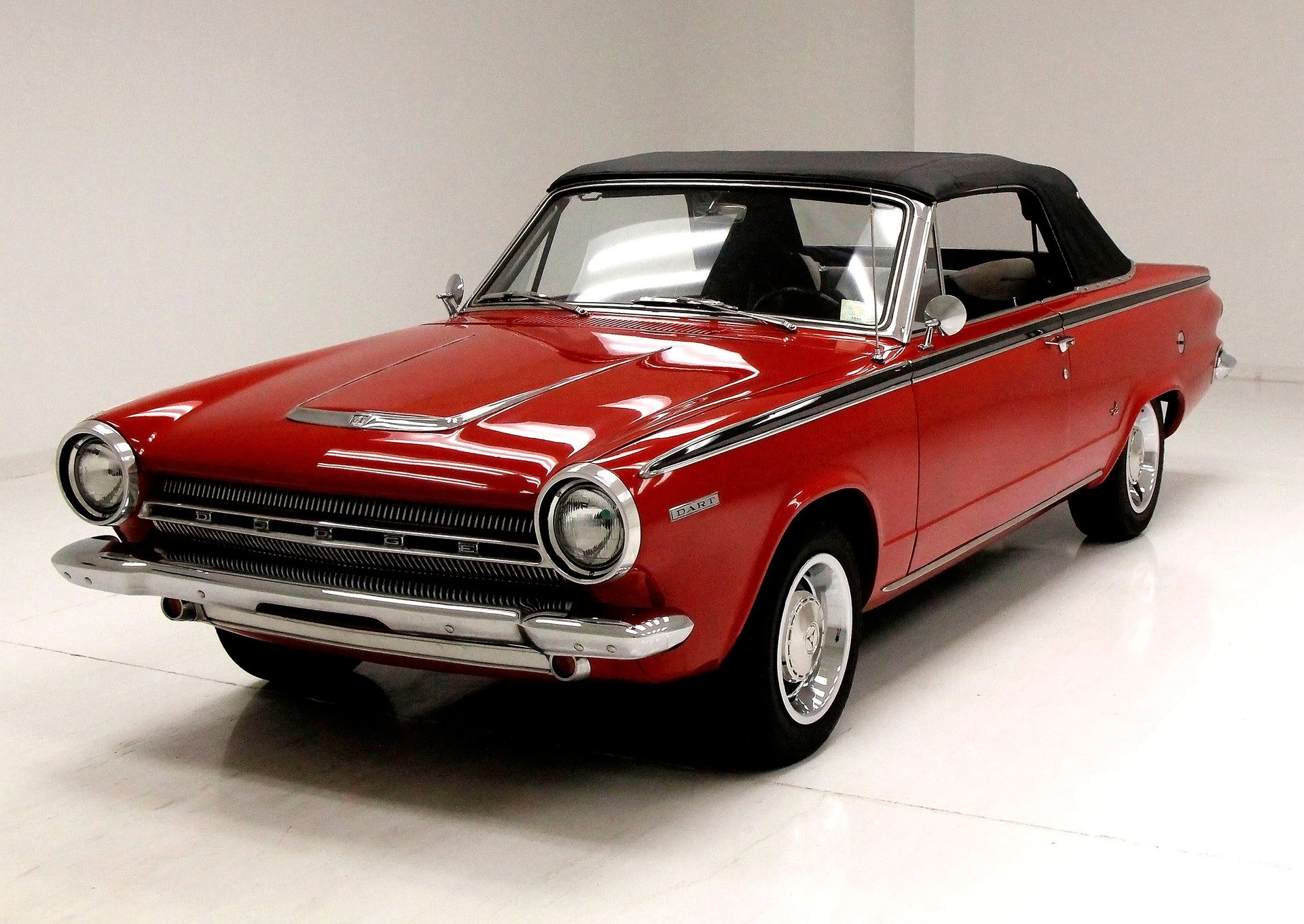In the world of automobiles, certain models stand out not only for their engineering excellence but also for their iconic status, and the 1970 Porsche 911 is undoubtedly one of them. This remarkable sports car, which marked a significant chapter in Porsche's history, is celebrated for its distinctive design, impressive performance, and lasting influence on the automotive industry. In this article, we delve into the history, design, performance, and enduring appeal of the 1970 Porsche 911, a true automotive classic.
1. The Beginning: Porsche 911's Origins
The Porsche 911 was first introduced in 1963 as a successor to the highly successful Porsche 356. The original design team, led by Ferdinand Alexander "Butzi" Porsche, sought to create a more powerful and comfortable sports car that would appeal to a broader audience. The result was a sleek and stylish rear-engined vehicle with a unique blend of performance, handling, and luxury.
As the 911 evolved through the 1960s, it gained a reputation for its exceptional handling and performance, thanks in part to its distinctive rear-engine layout. By 1970, the Porsche 911 had firmly established itself as a premier sports car, offering a combination of performance, style, and practicality that few other vehicles could match.
2. The 1970 Porsche 911: A New Era of Evolution
The 1970 model year marked a significant milestone in the evolution of the Porsche 911. Several important updates and enhancements were introduced, setting the stage for the continued success and popularity of the 911 throughout the 1970s and beyond.
Engine and Performance
One of the most significant changes for the 1970 Porsche 911 was the introduction of a larger, more powerful engine. The new 2.2-liter flat-six engine replaced the previous 2.0-liter unit, resulting in a boost in horsepower and torque. The 911T, the base model, saw an increase from 110 to 125 horsepower, while the 911E and 911S models received 155 and 180 horsepower, respectively.
These engine upgrades, combined with the 911's lightweight construction and rear-engine layout, gave the 1970 Porsche 911 impressive performance capabilities. The 911S, for example, could accelerate from 0-60 mph in just 7.0 seconds and reach a top speed of over 140 mph – remarkable figures for the time.
Suspension and Handling
The 1970 Porsche 911 also benefited from updates to its suspension and handling. The front suspension was redesigned with new McPherson struts and transverse torsion bars, which improved ride quality and handling precision. At the rear, the semi-trailing arm suspension was retained but re-engineered for better performance and stability.
These changes, in combination with the car's low center of gravity and rear-engine layout, contributed to the 911's exceptional handling characteristics. The car's agility and responsiveness made it a favorite among driving enthusiasts and a formidable competitor on the racetrack.
Interior and Exterior Design
The 1970 Porsche 911 retained the classic styling that had made it so popular, with its long hood, sloping roofline, and distinctive round headlights. However, several subtle updates were introduced to keep the design fresh and contemporary. The front and rear bumpers were revised for a more integrated appearance, and the exterior trim was updated with a new brushed aluminum finish.
Inside, the 911 received new seats with improved comfort and support, as well as a revised dashboard layout for better ergonomics. The result was an interior that combined sporty design with practicality and luxury, further enhancing the 911's appeal.
3. Sales and Production of the 1970 Porsche 911
The 1970 Porsche 911 was met with great enthusiasm from both automotive critics and customers alike, thanks to its increased power, improved handling, and updated design. While exact production and sales numbers for the 1970 model year are difficult to determine, it is clear that the 911 enjoyed strong demand throughout the 1970s, helping to solidify its status as a premier sports car.
Production Overview
Porsche produced three different models of the 911 in 1970: the 911T, 911E, and 911S. Each model featured various upgrades and enhancements that catered to different customer preferences and budgets. The 911T was the entry-level model, the 911E was a more luxury-oriented offering, and the 911S was the high-performance variant.
Production numbers for the 1970 Porsche 911 are not readily available, but it is known that overall 911 production increased significantly during this time. In 1969, Porsche produced approximately 8,000 units of the 911, and by 1971, this number had grown to over 14,000 units. The 1970 model year likely saw a substantial increase in production as well, reflecting the growing popularity of the 911.
Sales Performance
The 1970 Porsche 911 enjoyed strong sales in both Europe and North America, thanks to its combination of performance, style, and practicality. Although exact sales figures for the 1970 model year are not available, it is clear that the 911 continued to gain traction in the market during this period.
Throughout the 1970s, the Porsche 911 saw steady sales growth, with the model line expanding to include additional variants such as the 911 Carrera RS in 1973 and the 911 Turbo in 1975. These new models, along with the ongoing success of the 911T, 911E, and 911S, contributed to the 911's reputation as a top-tier sports car and a popular choice among automotive enthusiasts.
Impact on Porsche's Success
The success of the 1970 Porsche 911 and its subsequent models played a crucial role in the overall growth and prosperity of Porsche as a company. During the 1970s, the 911 accounted for a significant portion of Porsche's sales and revenue, helping to fund the development of new models and technologies.
The 911's popularity also helped to establish Porsche as a leading brand in the sports car market, paving the way for future successes such as the Porsche 928, 944, and the iconic Porsche Boxster and Cayman.
4. Market Reception of the 1970 Porsche 911
The 1970 Porsche 911 was met with widespread acclaim from both automotive critics and customers, thanks to its combination of performance, style, and practicality. The various enhancements and updates introduced for the 1970 model year—including the larger 2.2-liter engine, improved suspension, and subtle design updates—made the 911 an even more appealing choice for sports car enthusiasts.
Automotive Press Reception
The automotive press lauded the 1970 Porsche 911 for its increased power, refined handling, and updated styling. Journalists and testers praised the car's performance capabilities, highlighting its impressive acceleration, top speed, and handling precision. The 911's distinctive rear-engine layout and lightweight construction were also noted as contributing factors to its exceptional driving dynamics.
The 911's updated suspension was also well-received, with critics noting the improvements in ride quality and handling stability. The interior updates, including the new seat design and revised dashboard layout, were praised for enhancing comfort and ergonomics, further solidifying the 911's reputation as a luxurious yet sporty vehicle.
In addition to its performance and handling, the 1970 Porsche 911 was celebrated for its timeless design. The car's sleek lines, long hood, and distinctive round headlights were seen as key elements of its enduring appeal, and the subtle exterior updates for the 1970 model year were praised for keeping the design fresh and contemporary.
Customer Reception
Customers were attracted to the 1970 Porsche 911 for many of the same reasons that the automotive press praised it. The car's combination of performance, style, and practicality made it a popular choice among sports car enthusiasts seeking a vehicle that could deliver thrilling driving experiences without sacrificing comfort or everyday usability.
The introduction of the more powerful 2.2-liter engine was particularly appealing to customers, as the increased horsepower and torque provided a noticeable improvement in performance over the previous 2.0-liter unit. Additionally, the availability of three different models—the 911T, 911E, and 911S—allowed customers to choose the variant that best suited their preferences and budget.
The 1970 Porsche 911 also attracted buyers with its reputation for reliability and build quality. Porsche's meticulous attention to detail and commitment to using high-quality materials and components contributed to the 911's status as a well-built and dependable sports car.
5. The Legacy of the 1970 Porsche 911
The 1970 Porsche 911 set the stage for the continued evolution and success of the 911 throughout the 1970s and beyond. The enhancements and updates introduced in 1970 helped to cement the 911's reputation as a top-tier sports car, capable of delivering exceptional performance, handling, and style.
Today, the 1970 Porsche 911 is highly sought after by collectors and enthusiasts alike. The combination of its timeless design, impressive performance, and historical significance make it a true classic that continues to captivate the hearts of automotive aficionados around the world.
The 1970 Porsche 911 is a testament to the enduring appeal of the Porsche brand and the 911 model line in particular. As a classic sports car icon, it continues to attract interest and admiration from car enthusiasts everywhere. With its powerful engine, innovative suspension, and timeless design, the 1970 Porsche 911 remains a benchmark of automotive excellence and a worthy addition to any collector's garage.
In the realm of classic sports cars, few vehicles can match the combination of performance, style, and heritage offered by the 1970 Porsche 911. As a result, it remains a highly desirable collector's item and a shining example of the passion and craftsmanship that define the Porsche brand.



